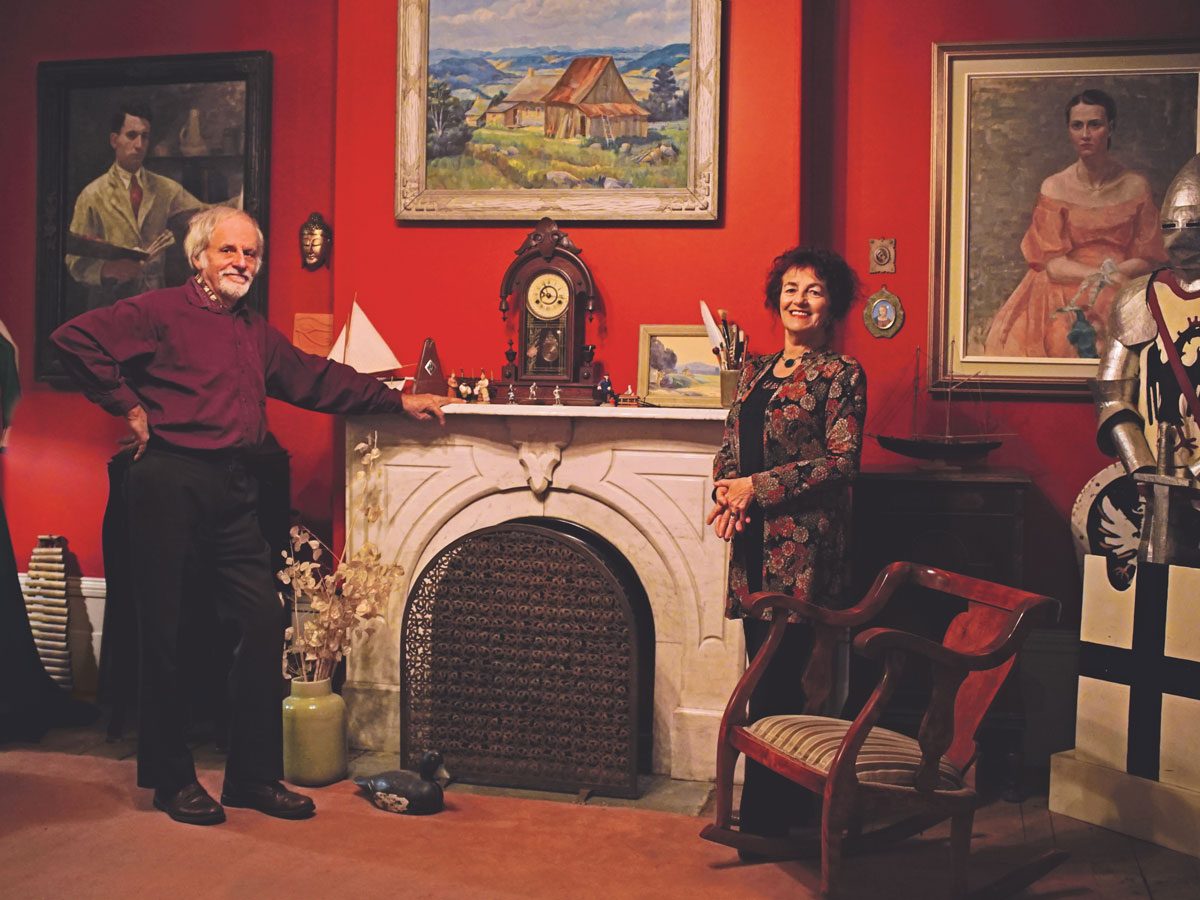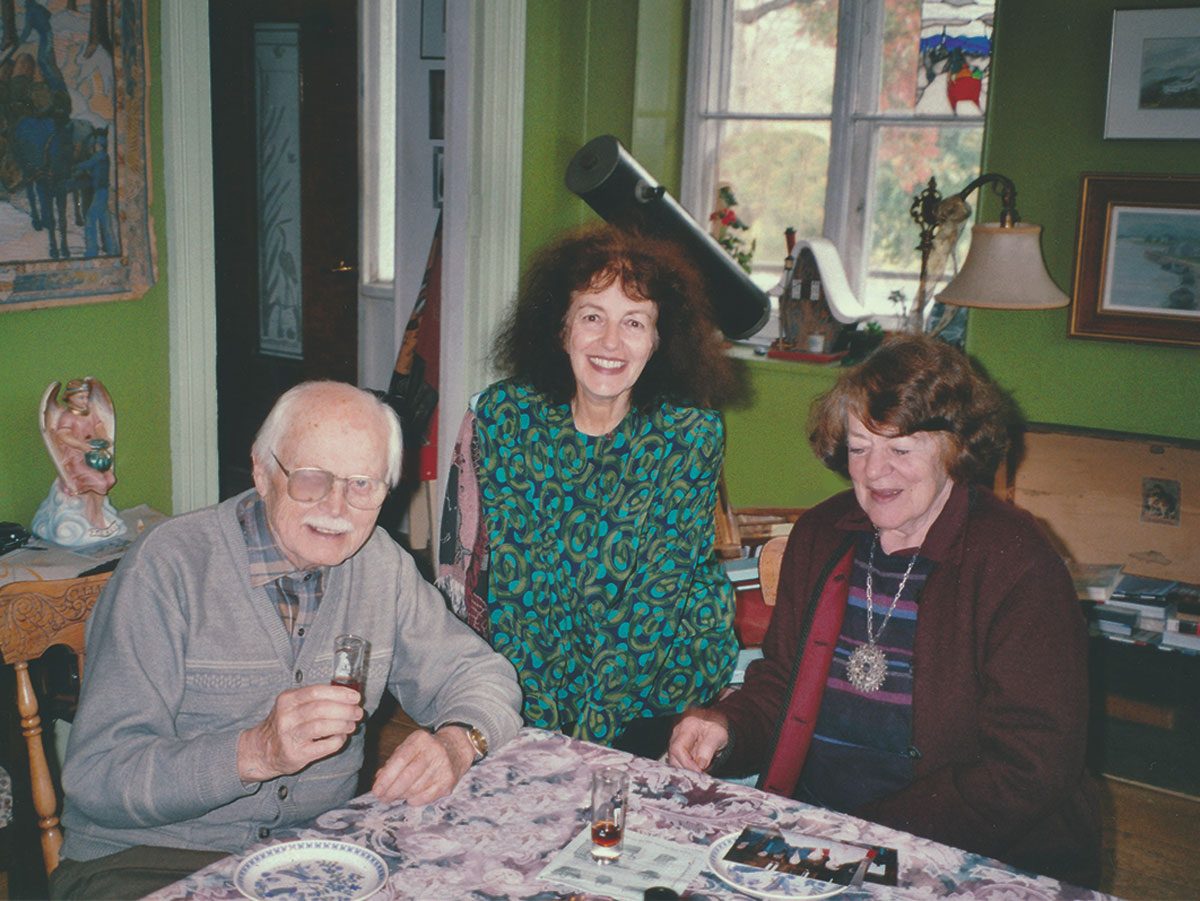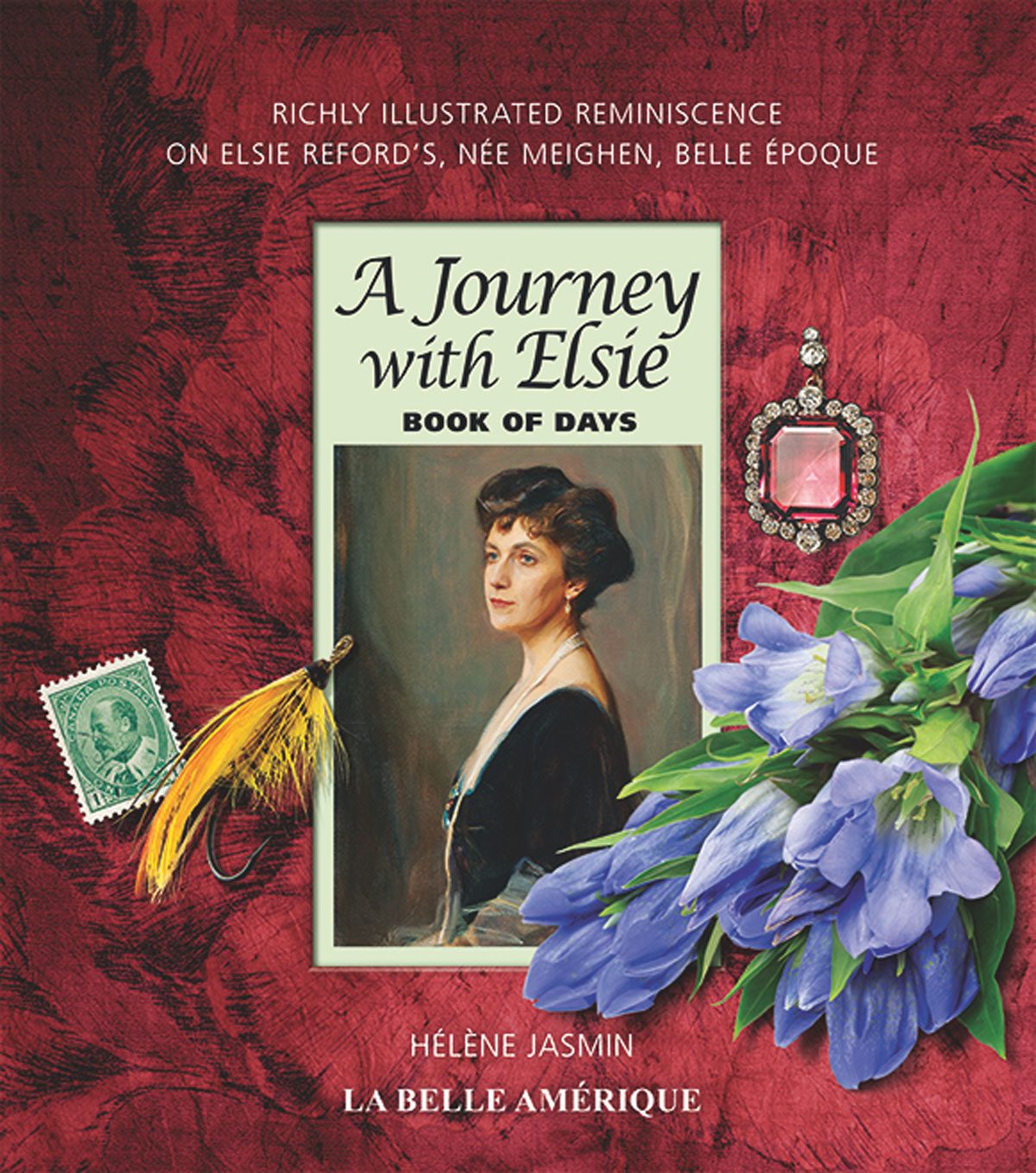
Preserving History
Canada has a long and beautiful history. Ever since we were visited by Leif Erikson during the Viking Age, “discovered” by Christopher Columbus, then taken possession of by Jacques Cartier and colonized by Samuel de Champlain—our country, and America in general, has always been an object of desire and conquest for many.
La Belle Amérique, or Beautiful America in English, was originally founded in 1986 by three French Canadian women: Germaine Ellis, Nicole Joli-Coeur and Christiane Michaels. Since purchasing La Belle Amérique in 1997, my partner Michel Bélisle and I, together with our devoted staff and project collaborators, have been dedicated to collecting and preserving history and art related to our country’s vast cultural heritage.
We aim to help promote Canadian traditions and culture through our lectures, books and reproductions of artifacts such as glasswork, pottery and silverware. Recently, we’ve developed an interest in showcasing modern personalities who are emerging as cultural icons in our country.
Throughout my career as a columnist and researcher, I’ve had the opportunity to meet many fascinating people of note. In the late ’70s, I had the chance to interview Father Émile Legault, a Catholic priest who founded a repertory theatre group in 1937 at the Collège de Saint-Laurent in Montreal. This was quite an unusual thing to do back in those days. The troupe lasted for 15 years and became one of the most influential theatrical companies in the history of Quebec. Father Legault recruited promising young actors, such as a young Jean Gascon, who went on to become a leading actor, the artistic director of the Stratford Festival in Ontario, and the theatre director at the National Arts Center in Ottawa.
Discover the intriguing history of Quebec’s log homes.

Meeting a Legend
Then in 2004, I met with a handsome elderly man named Frédéric Back (pictured, left), a Canadian artist, writer and film director who was about 80 at the time. A four-time Academy Award nominee, Frédéric won two Oscars in the Best Short Film (Animated) category, the first for Crac! in 1981, followed by The Man Who Planted Trees in 1987. At the time, my partner Michel and I were curators at the La Maison Trestler, an historic site in Vaudreuil-Dorion, Que. We hired Frédéric to paint seven panels depicting what daily life looked like for the home’s owner, Jean-Joseph Trestler, near the end of the 18th century. Jean-Joseph was a German mercenary soldier and Frédéric, who was born in Alsace and had a vast amount of knowledge about that part of the world, took great pleasure connecting with this German immigrant from the past.
Frédéric was also a true environmentalist. With his colleagues at CBC/Radio-Canada, he adopted a beluga, which he named after the brilliant star Antares, to show his support for preserving wildlife in the St. Lawrence River. At his country estate in Huberbeau, about 120-kilometres northwest of Montreal, he planted so many trees in the area that it became an actual forest! Furthermore, Frédéric participated in the documentary Memories of Earth by filmmaker Jean Lemire. The film follows the artist on his visit with the Haïda people of Haida Gwaii, formerly named the Queen Charlotte Islands, off the coast of British Columbia. He meets with world-renowned sculptor and chief of the Eagle Clan, James Hart. This was an encounter between two men who had deep respect and veneration for Mother Nature.
Read about one Swiss family’s experiences during Canada’s pioneer days.

Latest Journey
These experiences led me to publish through La Belle Amérique, A Journey with Elsie. This is not a traditional book, but a hybrid notebook that is vividly illustrated with photos from the family archives, telling the story of an incredibly inspiring woman named Elsie Reford. A horticulturist, Elsie designed the Reford Gardens on the banks of the St. Lawrence River, halfway between Quebec City and Gaspé. Just over a century ago, she inherited her uncle’s estate—her uncle being Lord Mount Stephen, a prominent 19th-century businessman who helped build the Canadian Pacific Railway and was its first president. Due to health issues, Elsie’s doctor suggested she take up gardening, instead of horseback riding or other physically demanding sports she enjoyed so much, such as salmon fishing, and so she began designing her English garden in Grand-Métis, Que. Originally a fishing lodge, Elsie updated the 45-acre estate to include a villa and six distinct gardens. She became a member of the Royal Horticultural Society of London and published many articles about her gardens in North American specialty magazines.
I learned about who Elsie was many years ago, as I was walking through her unique gardens with my children and husband. Her presence could be felt everywhere. I had the privilege of interviewing Elsie’s grandson, Michael Reford, a retired geophysicist, and to collaborate with his son, Alexander, the current director of the Reford Gardens. I also met with several people who had known Elsie, such as her second cousin, John Durnford; the son of the Reford’s butler of 50 years, John Bufton; and a member of the Cassista family, who were neighbours of the Reford estate.
Through my research, I came to realize that Elsie was much more than a horticulturist. She co-founded the Women’s Canadian Club of Montreal, which is still very active today, offering lectures and activities to help preserve Canadian heritage and history. Working alongside her mother-in-law, Elsie also volunteered at the Montreal Maternity hospital, which was opened in 1843 by McGill University’s Faculty of Medicine, where she organized many charity balls and events to help the cause of women in need. Living in a man’s world, she always thought that women should be well-educated and well-informed on politics and social developments.
Writing about this pioneer in horticulture and advocate for women’s rights has been extremely inspiring to me, and I believe it would be interesting for women of all generations to learn about Elsie, and her impact on the here and now.
Next, find out how Cree code talkers helped win WWII.